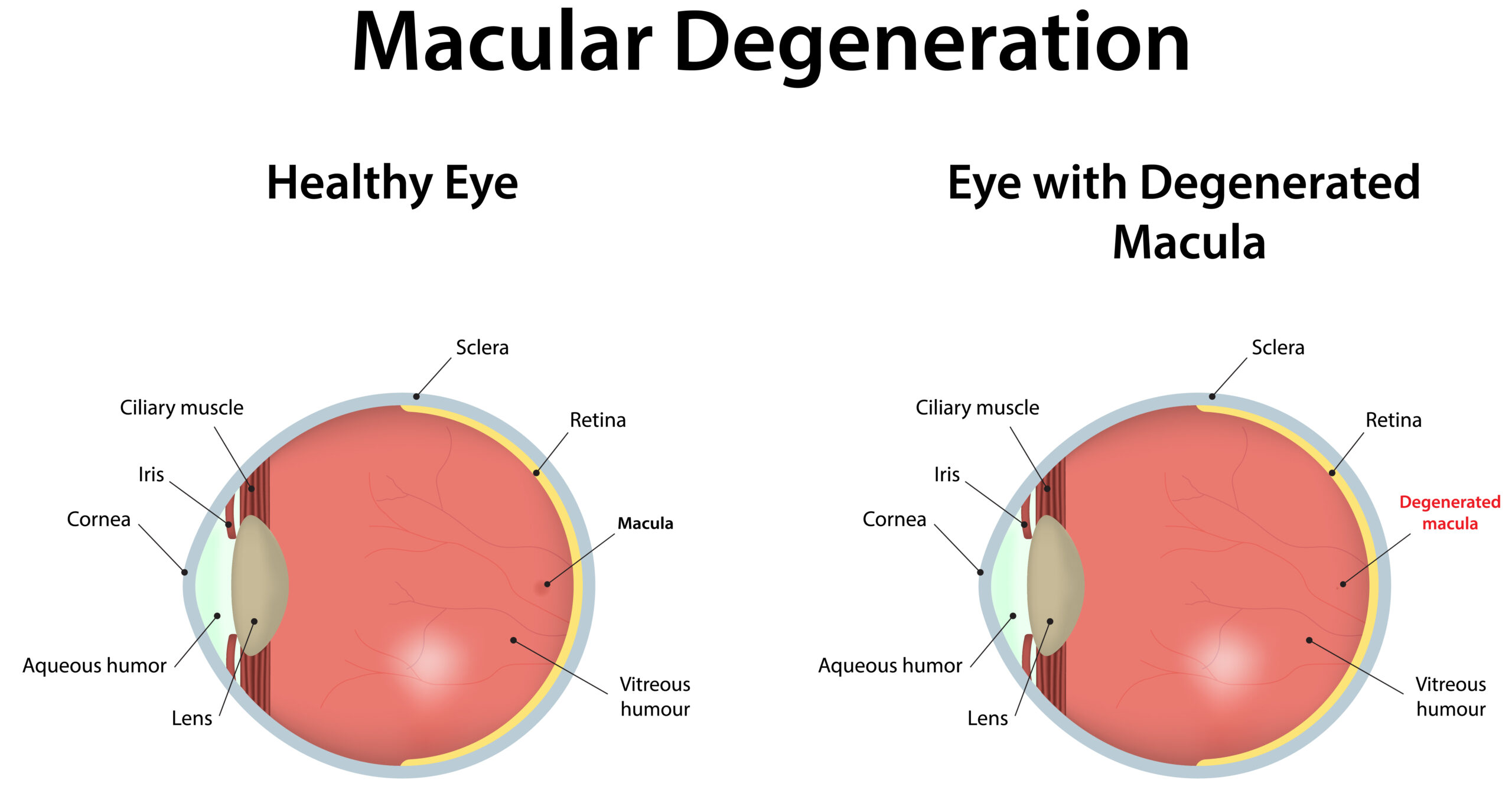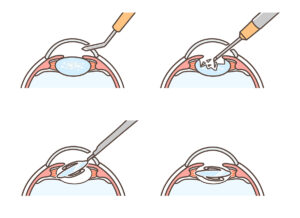
If you have age-related macular degeneration (AMD), you know how frustrating and limiting vision loss can be. Thankfully, breakthroughs in vision treatments like Corneal Photovitrification (CPV) offer new hope.
CPV improves vision by redirecting images to healthy parts of your retina, helping you reclaim clearer sight and independence. At the Bochner Eye Institute, renowned eye surgeon Dr. Raymond Stein leads our team in continually striving to help patients see better using innovative technologies, ensuring you get the most advanced care possible.
Understanding How CPV Works
CPV uses a low-energy Clear-K CPV laser to reshape the cornea gently. Dr. Stein uses the laser to treat four microscopic points on the cornea, changing corneal curvature. This redirects light from damaged central areas of your retina to healthier peripheral regions.
Think of CPV as creating a prism-like effect, moving images away from blind spots to places where your retina still works well. Over time, your brain naturally adapts, further enhancing vision quality through neuroadaptation.
CPV is unique because it’s effective for both wet and dry AMD. Prior to this, there were no treatments for dry AMD, only a supplement regimen. CPV gives patients with dry AMD a true solution at last.
It’s also very effective in reducing symptoms in patients with wet AMD. You still need injections to help manage your disease and help prevent progression in the long term because they address the structural changes the disease causes within the retina.
Step-by-Step: What to Expect During CPV
Knowing exactly what happens can make you feel confident about CPV treatment. Here’s what the process looks like:
- You receive anesthetic eye drops
- You sit comfortably in a reclining motorized chair
- Calibrating the laser for your unique eye needs
- Positioning of a gentle suction device over your eye
- Positioning of the laser in the middle of the suction device, directly above the eye
- Application of brief laser pulses to reshape your cornea
No stitches are needed, and the process only takes minutes. After laser treatment, Dr. Stein releases the vacuum. If both eyes require treatment, he repeats the process.
You can walk out of the room and get back to your life.
Recovery After CPV
CPV recovery is straightforward. You won’t need eye drops or oral medications after the procedure.
We want to ensure you get the maximum vision improvements from the procedure, so our team schedules follow-ups at one, three, six, and twelve months to closely track your vision changes.
Benefits of CPV
Patients commonly report noticeable vision enhancements, including:
- Clearer central and peripheral vision
- Reduced blind spots and fewer wavy lines
- Enhanced night and color vision
These things make it easier to read, drive, and go about your daily life without vision disruptions. That’s why CPV is often a major quality-of-life upgrade for patients with AMD.
CPV in Toronto, Scarborough, Unionville, and Oakville, ON
Experience clearer vision with the latest treatments for AMD at Bochner Eye Institute. Call our office at 416-960-2020 today to schedule your appointment with Dr. Stein and learn how CPV can improve your eyesight and quality of life.

 Eyelid surgery, or blepharoplasty, can help restore a more youthful and refreshed appearance. But should you choose upper or lower eyelid surgery?
Eyelid surgery, or blepharoplasty, can help restore a more youthful and refreshed appearance. But should you choose upper or lower eyelid surgery? Wet age-related macular degeneration (AMD) has treatment options like intravitreal injections. Those injections aim to return the macula to a “dry” state by decreasing abnormal blood vessel growth and fluid leakage. This can help stabilize vision and prevent further loss. But, when wet AMD is well controlled, patients may need another approach to help improve visual function.
Wet age-related macular degeneration (AMD) has treatment options like intravitreal injections. Those injections aim to return the macula to a “dry” state by decreasing abnormal blood vessel growth and fluid leakage. This can help stabilize vision and prevent further loss. But, when wet AMD is well controlled, patients may need another approach to help improve visual function. LASIK
LASIK Known as the silent thief of sight, glaucoma gradually damages the eye, typically before any warning signs are recognized. Many individuals experience vision loss or impairment due to glaucoma, and it is one of the leading causes of blindness worldwide. Prevention is key when it comes to this serious eye condition. Ahead, Dr. Stein shares important information about what you can do to preserve your vision.
Known as the silent thief of sight, glaucoma gradually damages the eye, typically before any warning signs are recognized. Many individuals experience vision loss or impairment due to glaucoma, and it is one of the leading causes of blindness worldwide. Prevention is key when it comes to this serious eye condition. Ahead, Dr. Stein shares important information about what you can do to preserve your vision.


